Taipei City Common Ducts Management and Maintenance Receives Top Spot in Annual Central Government Evaluations
The Construction and Planning Agency of the Ministry of the Interior (CPAMI) conducted the “2022 Annual Ministry of the Interior Supervision of Municipalities and County Governments to Promote Common Ducts Management”, during which the Taipei City Government was recognized with the 1st place in the nationwide evaluations. The New Construction Office, Public Works Department of the Taipei City Government (NCO) stated that in order to effectively reduce the number of times that pipeline units such as Taiwan Power Company Limited, Taiwan Water Corporation, gas companies and telecommunications companies have to excavate roads for the installation of cables and pipes, the Taipei City Government has been committed to the construction of common ducts in the district land acquisition projects, major projects and the construction of MRT road networks and new roads since 1991, implementing the policy of centralized planning, centralized construction and centralized management. In addition, in accordance with the principles of “no consideration of profits or losses on public infrastructure investment” and “simplification of administration and lowering of taxation”, cable pipelines are constructed in parallel with sidewalk renewal projects; and cable lines are improved and connected to the road sections that have been built in the past and have a good track records, as well as to the road sections that have a high demand for cable and pipeline distribution according to the survey of relevant facility operators, so as to accelerate the effective promotion of common duct construction. According to Wei-Tsung Hung, Section Head of the Common Duct Section of the NCO, Taipei City has introduced the smart policy of adopting innovative technology in the management and maintenance of common ducts, such as building an integrated system with unified monitoring functions, establishing a common duct BIM and combining it with GIS to grasp information on duct location, cable distribution status, equipment attributes, and maintenance records to enhance the convenience and efficiency of management and maintenance operations. In the future, the city government will continue to develop a WIFI wireless network environment in the common ducts, and further integrate various smart management measures such as online application operations and real-time online reporting of inspection information to fully utilize the benefits of information integration and achieve the purpose of smart management of the common ducts. Whether it is the long-term planning and construction of the hardware aspect or the management and maintenance of relevant services, Taipei City has strived for the latest technologies, performance, stability, and thus was highly recognized in this evaluation. Hung further pointed out that Taipei City has a long history of common duct construction, and has been able to keep up with the times by building common ducts in conjunction with various public construction and major projects, as well as introducing various new forms of management measures. In the future, the city government hopes to collaborate with various cable and pipeline operators to improve the speed and coverage of trunk pipeline/cable line distribution, reduce road excavation and social costs of traffic congestion, so that Taipei City can become a resilient, livable, convenient and efficient smart city.
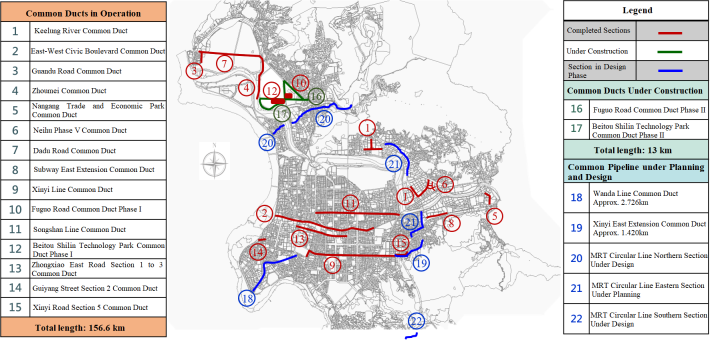
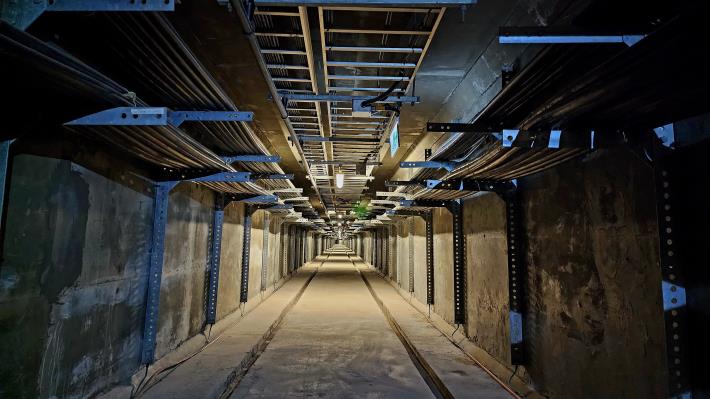
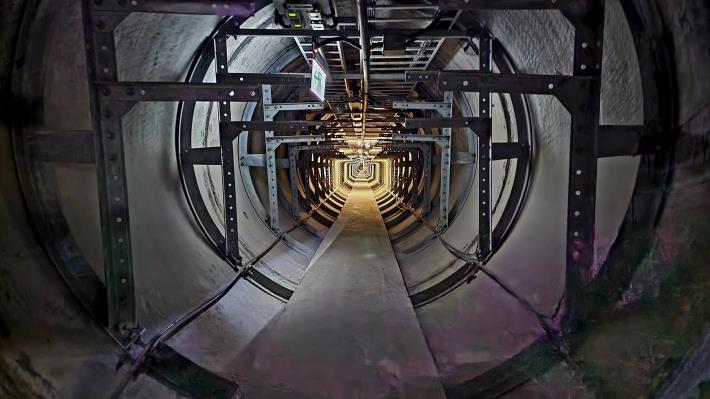
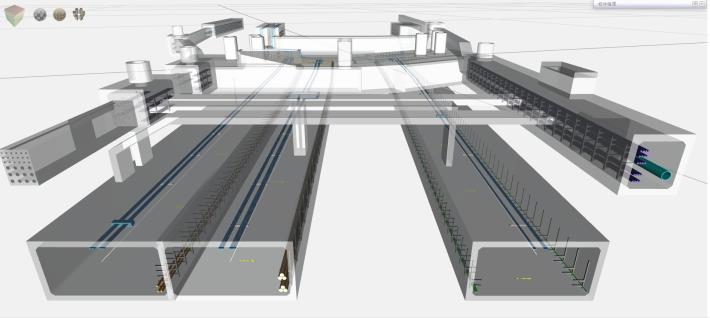
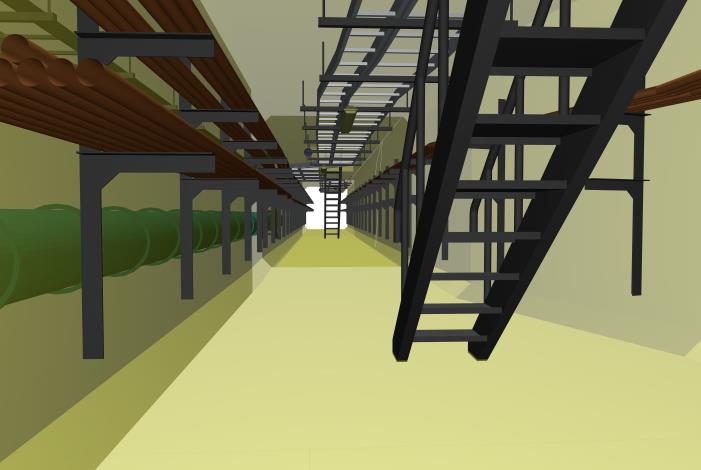
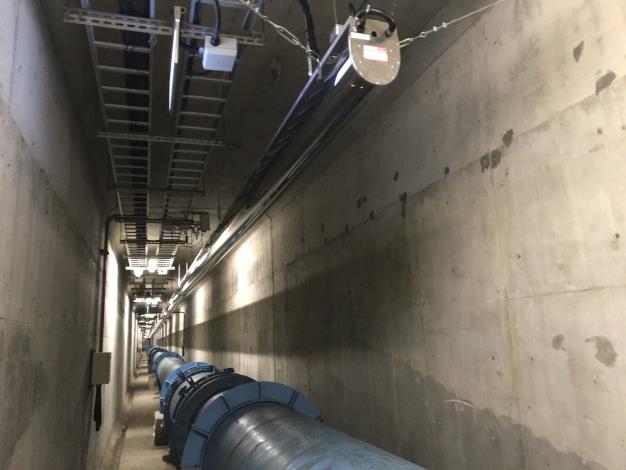
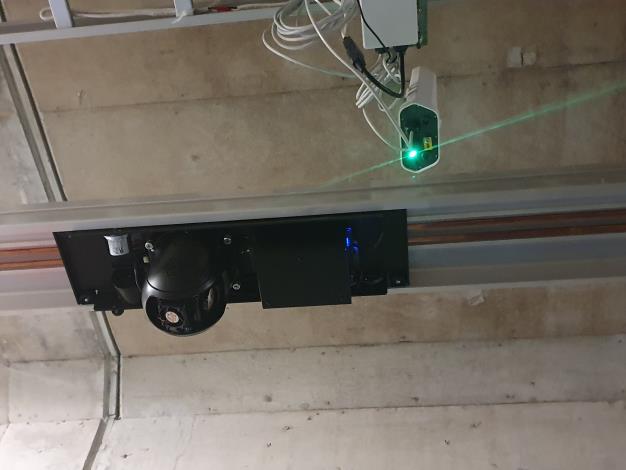

![Taiwan.gov.tw [ open a new window]](/images/egov.png)
